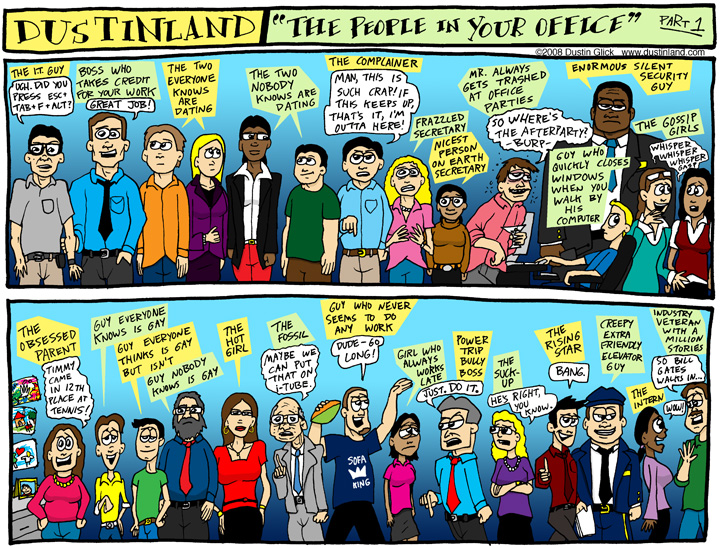
NEW YORK (CNNMoney.com) -- High-profile personalities have been telling the nation to ditch that dirty fossil fuel and turn to renewable energy.
T. Boone Pickens, the billionaire oil man, has been hitting the airwaves pitching a plan to use wind to replace all the natural gas that's used to produce electricity, then using that saved natural gas to fuel cars.
In addition to weaning the nation from foreign oil, Pickens plan is not entirely altruistic. He's investing hundreds of millions of dollars on a giant wind farm in the Texas panhandle, and his hedge fund, BP Capital, is said to own stakes in several companies that equip cars to run on natural gas. If his energy efforts pan out, he could get even more rich in the process.
Then there's Al Gore. The former VP, then known as "Ozone Al" but now probably more famous for his Nobel-prize winning climate work, said last week that electricity generation should be completely fossil-fuel free in 10 years.
The question is, are these plans realistic or just dreams?
"It's not out of the realm of technical feasibility," said Chris Namovicz, a renewable energy analyst at the government's Energy Information Agency. "But they come with pretty significant price tags."
The order is indeed tall.
The nation currently relies on coal - the dirtiest of all fossil fuels - for 50% of its electricity production. Natural gas makes up about 21%, and nuclear comprises about 20%. Hydro and oil contribute a bit each as well, while traditional renewables - wind, solar, biomass and geothermal - ring in at only 3%, combined, according to EIA.
Pickens has a loosely detailed plan to replace the natural-gas produced electricity with wind energy. He says it could be done in 10 years.
"That is extremely aggressive," said Dave Hamilton, director for global warming and energy projects at the Sierra Club. "But it's in the right direction. It's a good thing we have an oilman saying we can't drill our way out of this problem."
Unpredictable wind
One of the big challenges with using wind to replace natural gas is that, unlike the steady flame from natural gas, the wind doesn't blow all the time.
To make sure enough power is available when the wind isn't blowing, back up generators would be needed, said Paul Fremont, an electric-utility analyst at the investment bank Jefferies & Co.
That could mean maintaining those natural gas plants in case of emergency, or implementing even more novel ideas like systems in Europe that use excess wind electricity to pump water uphill when the wind is blowing, then release it through hydro dams when the wind stops.
Either way, any type of back up system comes with a price.
"It's very costly, and very inefficient for society as a whole," said Fremont. "Policy makers will have to decide if the benefits are worth it."
The utility industry also has reservations about using wind on a large scale, again pointing to the fact that it doesn't blow all the time.
The Sierra Club's Becker downplayed the problem. While a challenge now, he said advances in the electricity grid will allow several wind farms from varying regions of the country to be tied together in the same grid, so that when some are idle others can make up the difference.
"The more we focus on how to get this done, the quicker we'll solve our problems," he said.
Another impediment to large-scale wind generation is a lack of turbines and infrastructure, said Hamilton. Companies like GE, India's Suzlon, Spain's Gamesa that make wind turbines aren't building enough wind turbines to meet demand because government tax credits offered to energy producers expire every two years. These tax credits are a big incentive for people to invest in wind energy - Pickens would net $60 million a year, according to Jefferies' Fremont, and is likely why he's currently pitching his plan to lawmakers.
Companies fear that if the tax credits aren't renewed they will be stuck with unwanted wind turbines if energy producers scale back their demand for wind power.
Also impeding the development of wind power is the fact that the government is unclear about how or whether it will regulate greenhouse gas emissions. If regulations were enacted, investments in wind energy would likely increase as utilities seek cleaner sources of power.
Wind farms could also benefit when companies or people buy carbon offsets - essentially payments to producers of clean energy and others who take steps in reducing greenhouse gasses.
Despite these challenges, wind power's ability to produce 21% of the nation's electricity needs isn't out of the question. While wind currently only makes up 0.8% of the country's total electricity production, and would need to grow well over 20 times that to replace gas, it's worth noting that wind capacity has increased 12 fold since 1990, according to EIA.
The second part of Pickens' plan - using natural gas to power vehicles - is perhaps easier.
While automakers are betting on electric cars as the vehicle of the future, those electric cars will still need back-up engines to recharge the battery on long trips, at least for the foreseeable future.
Those back up engines could run on natural gas, said Julius Pretterebner, a vehicles and alternative-fuels expert at Cambridge Energy Research Associates.
Pretterebner also pointed to a host of other reasons why natural gas in cars is a good idea: It's about half as expensive as gasoline and 30% cleaner, the infrastructure to get it to service stations already exists, it's relatively cheap to convert existing cars ($500 to $2,000 a car, he said), and natural gas can be carbon neutral, if it's made from plants, a process he says requires no new technology.
"It's maybe the best alternative fuel we have, and the quickest way to get off foreign imports," he said.
As for Gore's call, there aren't any specific measures to analyze. But if Pickens' timetable is aggressive, Gore's is like Pickens' gone wild.
"It's completely impractical to imagine that we could totally wean ourselves off fossil fuels," said Jim Owen, a spokesman for the Edison Electric Institute, the utility industry's trade association.
Impractical, maybe. But using more renewables is certainly worth looking into. EIA estimates that by 2015, wind energy will cost 7 cents a kilowatt hour to produce, just a half cent more than coal or natural gas.
EIA says if strict greenhouse gas restrictions became law, renewables might go from 3% percent of the nation's electricity mix to around 25%. Coal, meanwhile, would likely go from over half to under a quarter. EIA said under the worst case scenario in bringing about this shift, electricity prices may double.
Given the dangers global warming may pose - U.N. scientists predict severe droughts and floods unless greenhouse gasses are drastically reduced - more expensive electricity may be a cost Americans are willing to bear. 
First Published: July 22, 2008: 2:05 PM EDT
![]()























 For some people, just the sound of a dental drill is enough to cause panic—but the good news is that this barbaric procedure may be a thing of the past. UK researchers have developed a technology that is based on
For some people, just the sound of a dental drill is enough to cause panic—but the good news is that this barbaric procedure may be a thing of the past. UK researchers have developed a technology that is based on 


